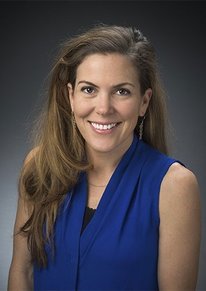While green stormwater infrastructure (GSI) has been shown to be an effective solution for stormwater management, they are also highly dynamic due to their spatial variability and living nature. This poses new challenges for urban drainage design, maintenance, and system performance through time, particularly for bioinfiltration GSI. Capture of fine sediments at the surface of the GSI can reduce infiltration due to
clogging, while erosion of GSI media, associated with high velocity flows, can erode areas and add to the transport of granular material through the GSI. The movement of sediment is also tied to the fate of pollutants within the GSI. The impact of fines and nutrients, and their effect on bioretention performance, depends on flow velocity and the GSI media. Understanding how the erosive capability, media characteristics, and movement of sediment relate to each other within GSI can help inform design and predict maintenance needs associated with erosion and deposition.
This presentation will share an integrated analysis of sediment collection, soil core sampling, and field infiltration tests paired with hydraulic and sediment transport models to understand the drivers, fate, and performance impact of fine sediments and nutrients within GSI.

Virginia Smith is an Associate Professor of Civil and Environmental Engineering and a principal investigator in the Villanova Center for Resilient Water Systems, where her research focuses on flooding dynamics in urban settings. Dr. Smith received her PhD studying hydrology, fluvial geomorphology, and sediment transport at the Jackson School of Geosciences at the University of Texas at Austin (UT). She began her collegiate academic career at the Georgia Institute of Technology where she received a BS in civil and environmental engineering. Upon graduation Virginia joined the Peace Corps, where she spent two years working in Samoa on the National Water Project and a myriad of village development projects. Following her time in Samoa, Virginia began graduate school at UT, where she received a masters degree in civil engineering before beginning her doctoral studies. Her doctoral research focused on hydrology and geomorphology of sandy coastal dammed rivers. After finishing graduate school, she continued her research studying sediment transport with UT. She then worked in Asia and the South Pacific as an associate scientist for USAID's Adapt Asia-Pacific Project. She also worked as the Water Coordinator for USAID in Afghanistan, overseeing water and natural resource management projects in Afghanistan and Central Asia.